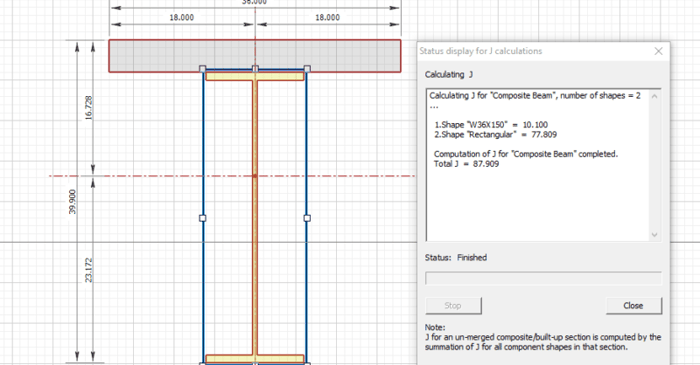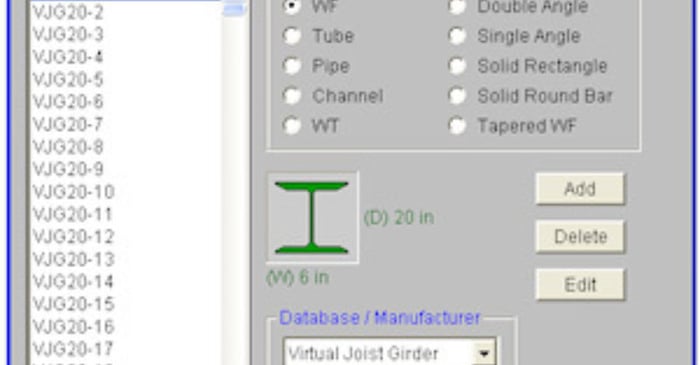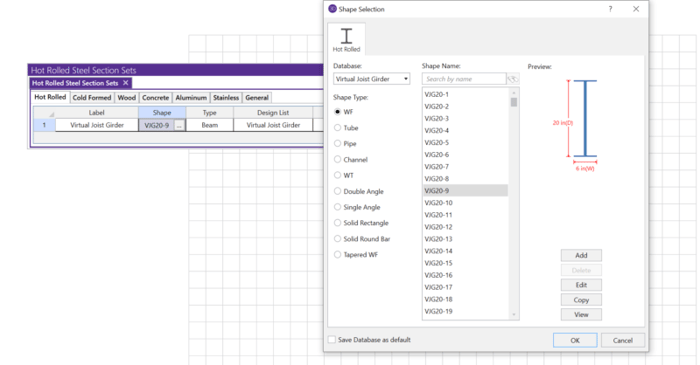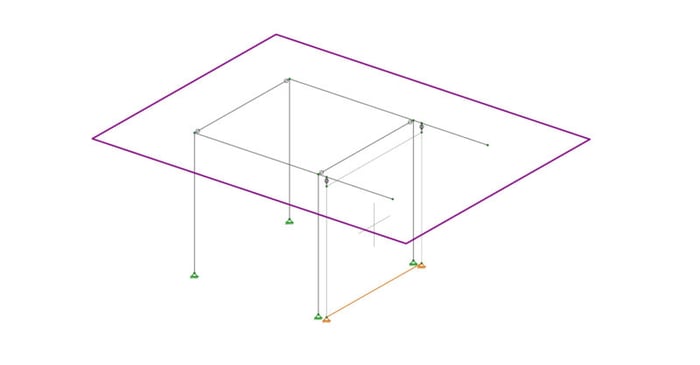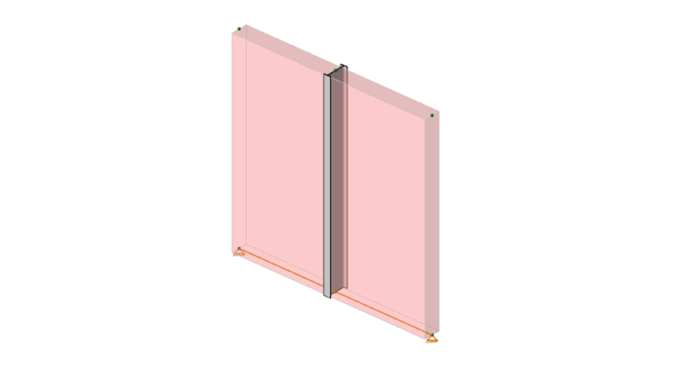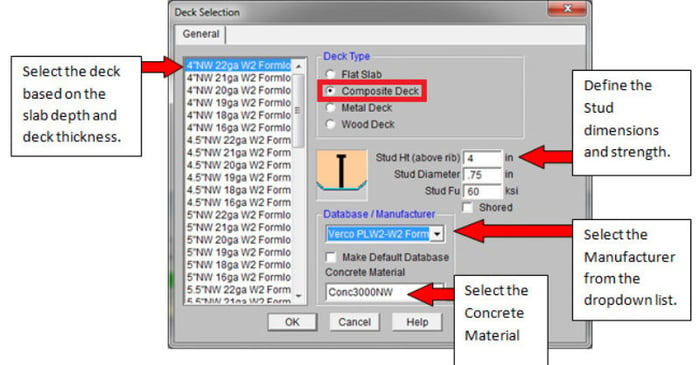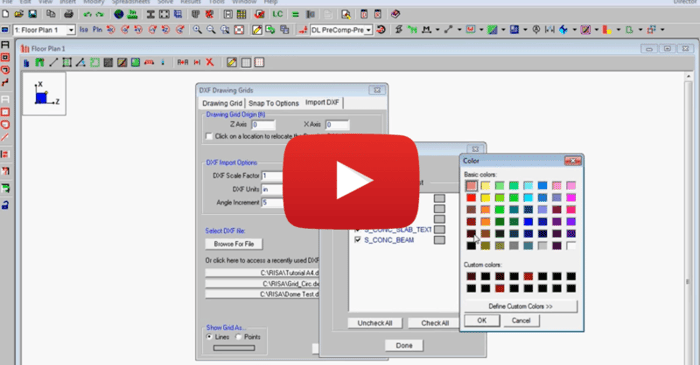
January 7, 2013
Import DXF Drawing Grid in RISAFloor
This video shows how to import a DXF as a drawing grid in RISAFloor. To do this, you can save any drawing file as a DXF file format and import points, lines, polylines, arcs and circles into RISAFloor. This gives you the ability to create your own drawing grids with complex geometries and use this...




